STAR BESII experiment
A superman team, from left are Krishan Gopal, Ming Shao, Yifei Zhang and Yue-Hang Leung.
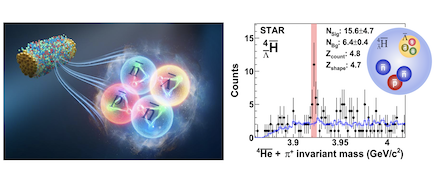
STAR experiment has discovered a new antimatter nucleus, the heaviest ever detected. Composed of four antimatter particles — an antiproton, two antineutrons, and one antihyperon — known as antihyperhydrogen-4. [Nature (2024)]
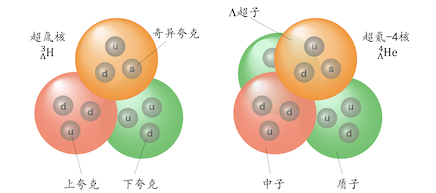
The precision measurements of lifetime and yield for hypertriton and hyperhydrogen-4 were measured by STAR in high baryon density region. [Phys. Rev. Lett. 128 (2022) 202301]
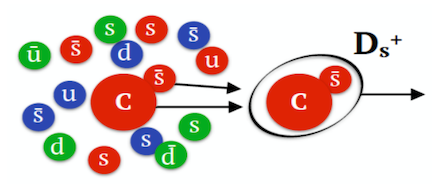
Enhancement of Ds/D0 ratio observed in heavy-ion collisions, consistent with a quark coalescence picture in hot-dense medium with strangeness rich environment. [Phys. Rev. Lett. 127 (2021) 092301]

Enhancement of Charmed baryon over meson ratio observed in heavy-ion collisions at RHIC provides important evidence of different hadronization mechanisms of charmed hadrons in hot QGP matter compared with cold/small system. [Phys. Rev. Lett. 118 (2020) 212301]
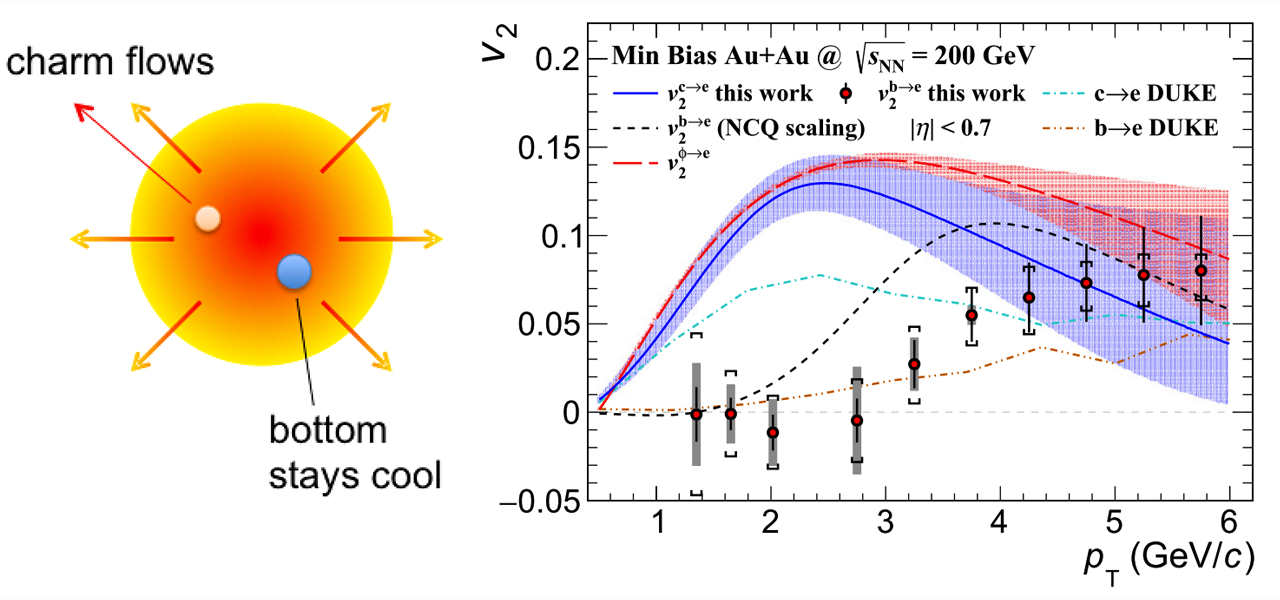
Non-zero beauty quark flow was observed but less than charm quark flow and NCQ scaling hypothesis, indicating beauty is unlikely thermalized and too heavy to be moved in the partonic expansion of the nuclear matter. [Phys. Lett. B805 (2020) 135465]
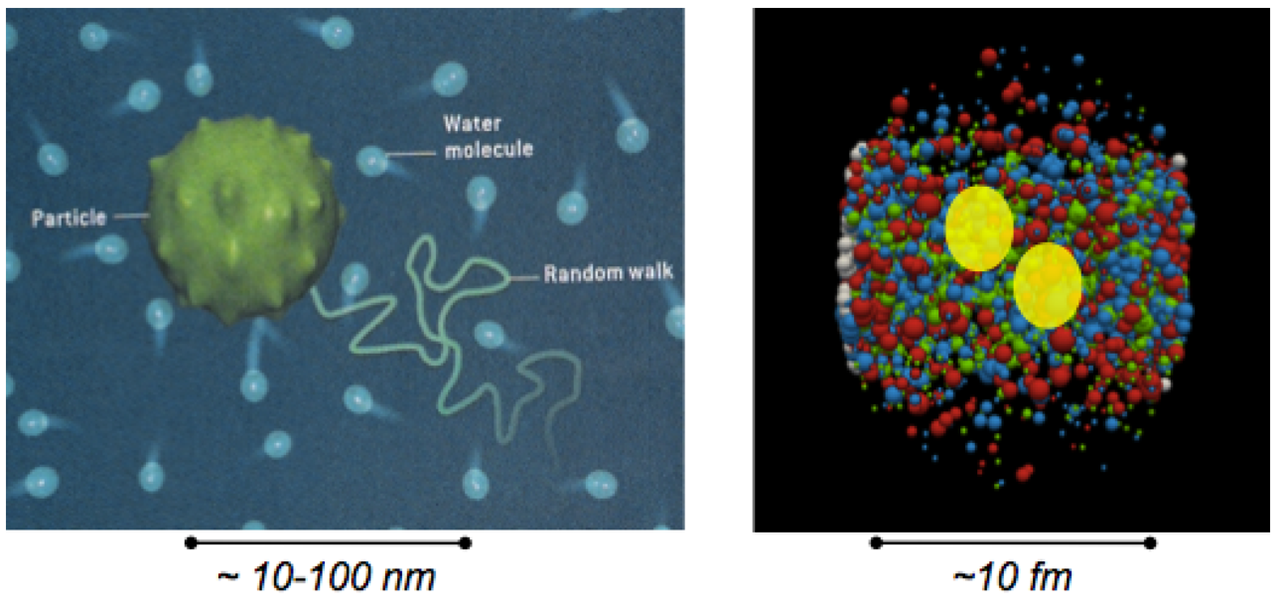
Brownian motion in fermi scale was observed via heavy quark diffusion in the evolution of the hot quark-gluon plasma. [Phys. Rev. Lett. 118 (2017) 212301]